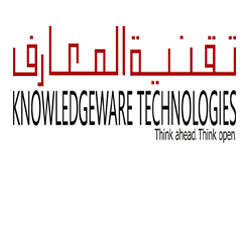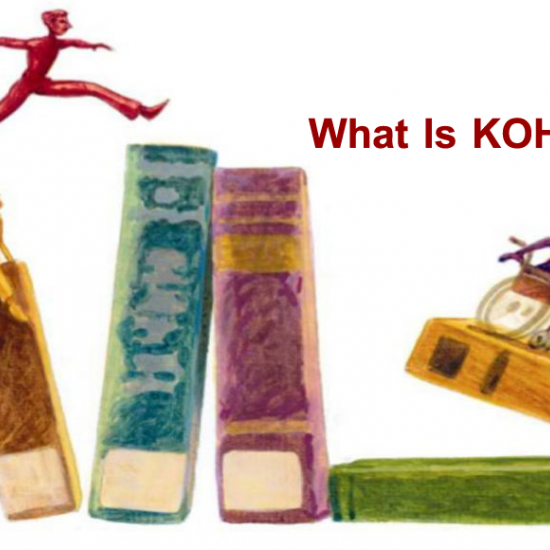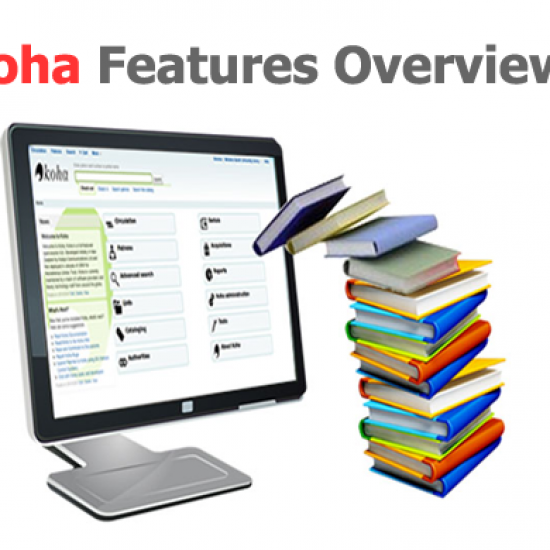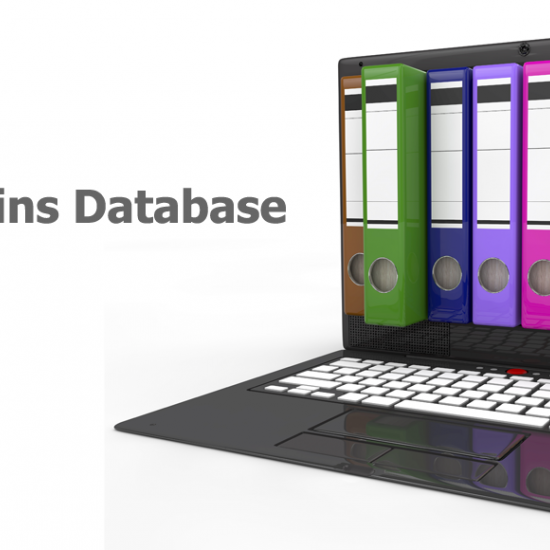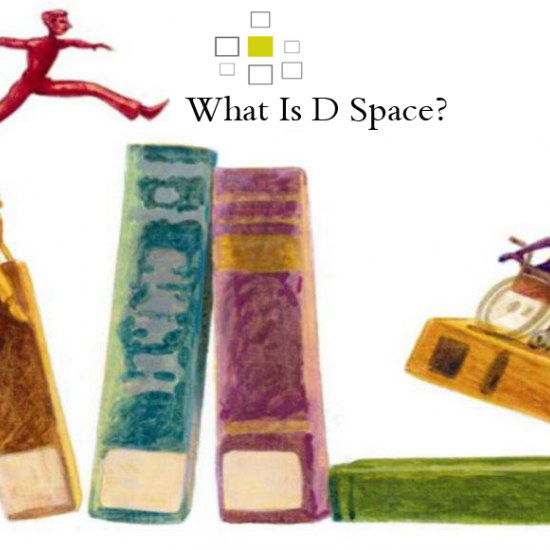
DSpace Training Presentation
You can see the slide show here
- 1. Building an Institutional RepositoryPatricia LiebetrauOctober 2012University of Namibia
- 2. What we will coverRepository StructureIntro to metadataUsers and groupsItem submissionsWorkflowsCopyright issues and embargosRSS, StatisticsInformation Management (eg controlled vocabularies)Building UNAM context ie how to structure the IR for yourown purposes, your users and groups
- 3. Doing things differently….
- 4. What is an Institutional Repository (IR)? An IR is a digital collection capturing, preserving and disseminating the intellectual output of a single university community
- 5. Institutional repository“A university-based institutional repository is a set of services that a university offers to the members of its community for the management and dissemination of digital materials created by the institution and its community members.It is most essentially an organisational commitment to the stewardship of these digital materials, including long-term preservation where appropriate, as well as organisation and access or distribution.”Clifford A. Lynch. Institutional Repositories: Essential Infrastructure for Scholarship in the Digital Age ARL, no. 226 (February 2003): 1-7.
- 6. What content?Research output from academic staffResearch output from students
- 7. Research output from University staff Academic research papers Journal articles Research data sets Conference papers
- 8. Research output from University students Theses and dissertations Research data
- 9. Repository structureWhat is a repository?What is it used for?What goes into the repository?Software required?Skills required?
- 10. Easy to find resources(1) “Beasts of Berlin” paper(2) “Communal land and tenure security” thesis
- 11. IRs require…..Defined needsDefined purposesDefined users
- 12. What is it for?Make University’s intellectual (research) output visibleFacilitate global access Especially in geographically remote environmentsWhy based in the Library? Skills in information management, dissemination and accessUniversity rankings
- 13. IRs in Africa
- 14. World University RankingsTimes Higher Education (THE)
- 15. Important elements of IRsInstitutionally definedScholarly and research purposesCumulative and perpetualOpen and interoperable
- 16. Many levels of repositoriesInstitutional repository Research output from an individual institutions • UKZN, DUT, Rhodes, Wits, Stellenbosch, PretoriaNational repository Research output from several individual institutions • NRF NETD project (SA) • ETHOS (UK)International repository Research output from several national repositories • DRIVER
- 17. ImplementationSTRUCTURED APPROACH – not ad hocDevelop policiesMetadata for storage/presentationDigital document identifiers (DOI’s) = handlesAuthor permissions and license agreementsSubmission guidelines (staff and students)Submission software trainingMarketing concept to depositors – advocacy efforts
- 18. Software requiredPre-packaged open source software E-Prints D-Space – most commonly used in Africa
- 19. Repository software
- 20. D-Space diagram
- 21. D-Spacehttp://www.dspace.org
- 22. DSpace technical guides
- 23. DSpace layout
- 24. UNAM DSpacehttp://repository.unam.nahttp://digital.unam.na
- 25. How is it organised?Communities Collections Items
- 26. Example StructuresStructures may be based around organisationalunits:Community Collections ItemsDepartment Research Groups ItemsDepartment Item Type ItemsFaculty Schools Items Source: The DSpace course
- 27. CommunitiesHighest level Submitters UsersRepresents institutional structure Colleges Schools DepartmentsMetadataPermissionsWorkflows
- 28. CollectionsHierachical structure Represents a collection within a communityOne community may have many collections
- 29. ItemsEach item has several parts Metadata Items for upload
- 30. UNAM repository structureDISCUSSION What will your repository structure look like? Who will create Communities and Collections? Requires administrative rights Who will have rights to submit items to Collections? Who will quality assure submissions?
- 31. Roles, skills required?Repository Manager Policy development, advocacy, liaison with stakeholders, team leadershipRepository Administrator Managing metadata fields and quality, reports, statistics, training clientsTechnical services Customisation, software upgradesGeneral support Data entry and general tasks
- 32. Metadata
- 33. Dublin Core MetadataTitle CreatorSubject PublisherDescription ContributorLanguage RightsSource DateRelation FormatCoverage Identifier Type
- 34. DC-qualified for ThesesMetadata Tag DefinitionTitle dc.title Name given to the resourceSubject dc.subject.LCSH Topic of the content of the resourceDescription dc.description.abstract AbstractCoverage dc.coverage Not usedSource dc.source Not usedRelation dc.relation Not usedFormat dc.format MIME types (eg application/pdf)Date dc.date.issued Date on the title page dc.date.available Date available for embargoed thesesResource type dc.type Thesis dc.type.qualificationlevel Honours, Masters, DoctoralLanguage dc.language Language of the intellectual content of the resourceIdentifier dc.identifier Unambiguous reference to the resource within a given context: this is the object identifier or OIDCreator dc.creator Entity primarily responsible for making the content of the resourceContributor dc.contributor.advisor SupervisorsPublisher dc.publisher.institution Entity responsible for publishing the content of the dc.publisher.department resourceRights management dc.rights Information about rights held in and over the resource
- 35. ElementsMandatory?Optional?Repeated?Controlled vocabulary?
- 36. Checklist for Theses metadata Checklist for DC‐qualified metadata for Theses Controlled Metadata Tag Definition Mandatory Repeatable VocabTitle dc.title Name given to the resource Yes No NoSubject dc.subject.LCSH Topic of the content of the resourceDescription dc.description.abstract AbstractCoverage dc.coverage Not usedSource dc.source Not usedRelation dc.relation Not usedFormat dc.format MIME types (eg application/pdf)Date dc.date.issued Date on the title page dc.date.available Date available for embargoed thesesResource type dc.type Thesis dc.type.qualificationlevel Honours, Masters, DoctoralLanguage dc.language Language of the intellectual content of the resource Unambiguous reference to the resource within a given context: this is Identifier dc.identifier the object identifier or OIDCreator dc.creator Entity primarily responsible for making the content of the resourceContributor dc.contributor.advisor SupervisorsPublisher dc.publisher.institution Entity responsible for publishing the content of the resource dc.publisher.departmentRights management dc.rights Information about rights held in and over the resource
- 37. StandardsInternational standards Date YYYY-MM-DD Surname, first name or First name, Surname Metadata (DC-qualifief/ETDMS) MIME types • application/pdf • audio/mpeg • video/mp4
- 38. Quality assuranceConsistencyAdherence to standardsGuidelinesTraining is consistent
- 39. DSpace usersUser accounts are required in order to grant privileges todifferent users If not logged in, you are considered to be an anonymous user If you have a user account, rights and roles can be granted to you to allow you to interact with Dspace Some users will be ‘administrators’ and have access to all functions in DSpace
- 40. RightsNew users (e-people) have no rightsThey have to be granted rights and roles
- 41. DSpace groupsCombine users into logical groups Assists with the management of users Assign privileges to groups not individuals Groups can be members of other groupsFor example…. Computer Science staff group Faculty staff group All staff group
- 42. Concept: Authentication and Authorization Two important concepts: Authentication • The process of establishing the identity of a user (eg LDAP) Authorization • The granting of privileges to a user to perform an action on a resource
- 43. Item submissionsA typical submission: Choose a collection to submit to Answer some initial questions Enter some metadata Upload some files Verify the submission Agree to the deposit licence
- 44. Register, login, submit
- 45. Copyrights, embargoes etcWho owns copyright of …. Theses (university/student) Journal articles (accepted version/publisher version) Conference Papers (published proceedings) Lecture presentations (university/lecturer) Pending patents - embargo
- 46. OpennessOpen source software where the source code is available for modificationOpen standards Specifications De facto standardsOpen access access to resources made available without fees or cost
- 47. Degrees of opennessCopyrighted resources (all rights reserved) whichrequire permissionCreative Commons LicensesPublic Domain
- 48. Degrees of openessPublic Creative Copyrightdomain Commons No rights Some All rights reserved rights reserved reserved
- 49. Degrees of openessPublic Creative Copyrightdomain Commons No rights Some All rights reserved rights reserved reserved
- 50. What is copyright?“A right granted by law to an author, designer or artist to prohibit others from copying or exploiting his or her works in various ways without permission” Managing Digital Collections p. 8
- 51. Intellectual PropertyCopyright Trade Marks Patents
- 52. Intellectual Property Copyright Trade Marks Patents
- 53. Copyright protection for…. Literary works Broadcasts Musical works Programme‐carrying signals Artistic works Published editions Cinematograph films Computer programmes Sound recordings
- 54. SHERPAhttp://www.sherpa.ac.uk/
- 55. Sherpa/Romeohttp://www.sherpa.ac.uk/romeo/
- 56. Degrees of openessPublic Creative Copyrightdomain Commons No rights Some All rights reserved rights reserved reserved
- 57. Public DomainNo rights reservedOutside the Copyright Act No 98 of 1978 (in South Africa)Resources > 50 years (in South Africa)
- 58. Degrees of openessPublic Creative Copyrightdomain Commons No rights Some All rights reserved rights reserved reserved
- 59. Creative Commonshttp://creativecommons.org
- 60. Creative Commons Licences Retain copyright Allow others to copy/distribute Attribution/Credit License specifies Use/re-use Modify Options: Public domain, Attribution, Share-alike, non-commercial... Non-commercial purposes
- 61. RSS feedsRSS feeds Site level (all new items) Community level (new items in all contained collections) Collection level (new items in that collection)Can be read in modern web browsersCan be subscribed to in news reader software
- 62. AlertsAlerts Created by users Created for a collection Emails sent each day for new items Script must run daily: • [dspace]/bin/sub-daily
- 63. Collecting DSpace statisticsStatistics available from DSpaceSet up DSpace server for daily statistics reports(daily/monthly)Access statistics by adding ‘/statistics’ to the end of theDspace URLCan be made private (must be logged in) or public
- 64. What statistics do you get?General overview metrics Numbers of items in repository; numbers of usersArchive List of how many of each typeItem views List of items and downloads of eachActions Actions (eg browse) and numbers of eachSearch terms Search terms used
- 65. Google statisticsMore detailed statistics – Geographic location of users Mobile phone access Search engine terms to find items Time spent on the site Graphic (visual) representation of usage Requires Javascript
- 66. http://www.google.com/analytics/
- 67. Mobile users statistics
- 68. Location of users
- 69. Register on OpenDOARhttp://www.opendoar.org/
- 70. Repository Rankingshttp://repositories.webometrics.info/en
- 71. This work was carried out with the aid of a grant from theInternational Development Research Centre, Ottawa, Canada
